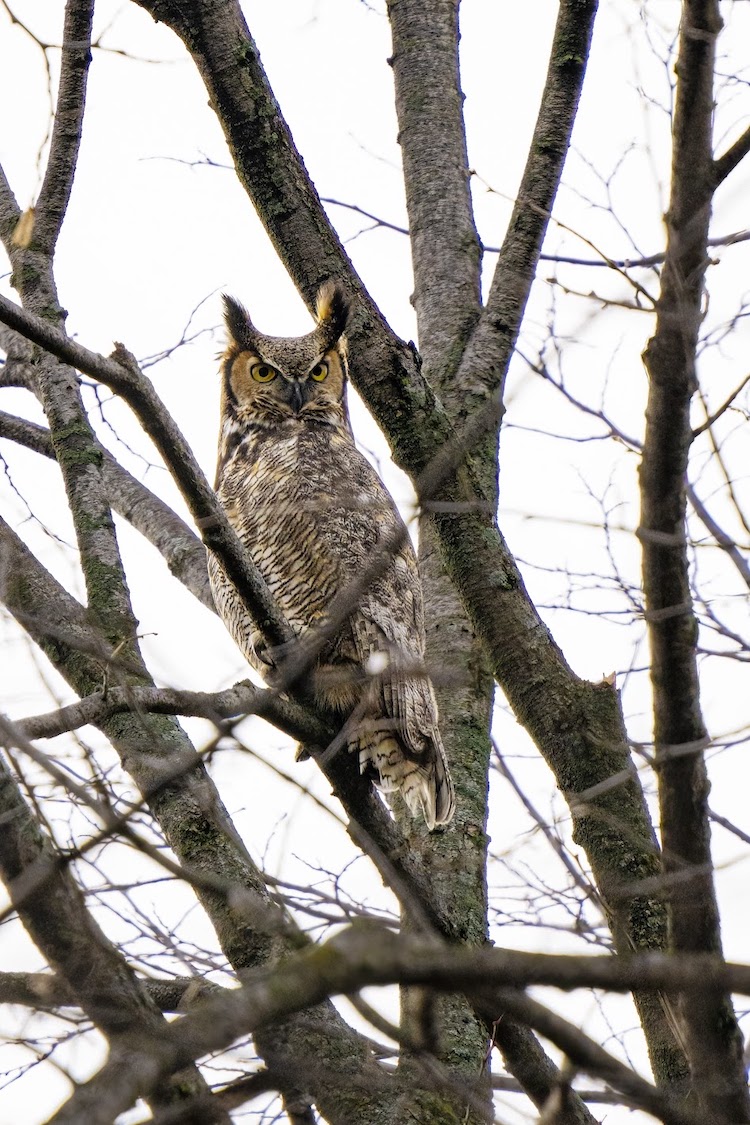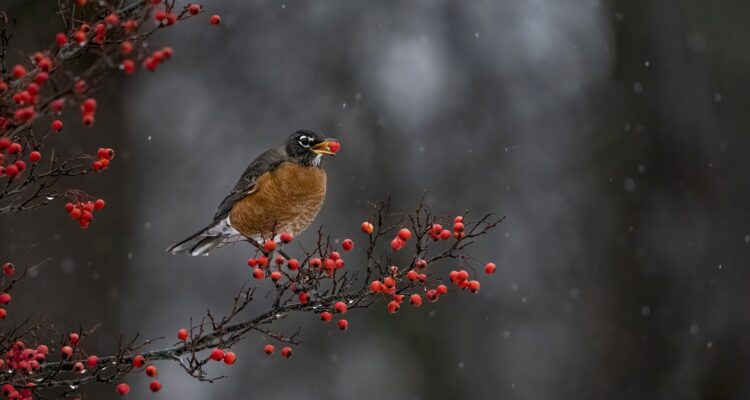With changing leaves and wish-washy weather, fall is officially here, which means it’s bird migration season on the Mississippi Flyway. Many birds are leaving the state for a sunny siesta. Others make a trek from the Great North to spend winter in the great Badger State. And others continue to call the Milwaukee area home. Here’s the autumn lowdown on all of our feathery friends.
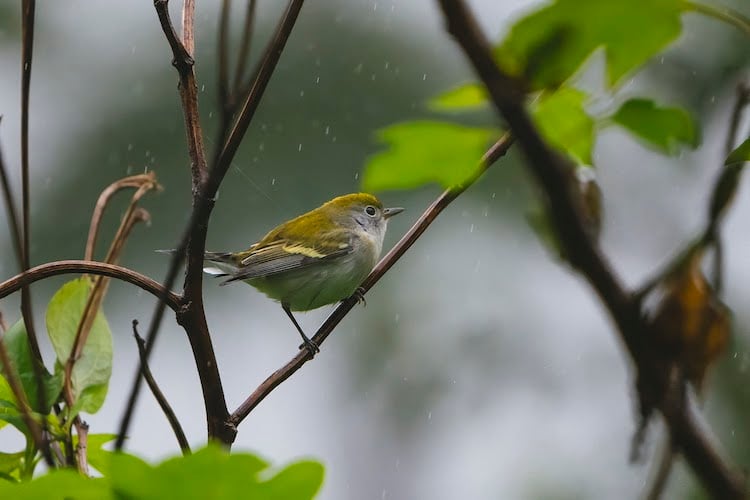
Special…but not as special
Most birders will tell you that fall migration isn’t as exciting as spring migration. A big part of that is because more birds leave the state than enter it, which is to be expected as temperatures cool. The other big reason is that seeking out migratory birds is just harder in the fall than earlier in the year. I know complaining about that makes birders sound kinda lame, but it’s true. The once vibrant warblers of springtime lose their color after mating in the summer. This makes them harder to spot, and in some cases, harder to distinguish from one another as they travel south to the tropics. Birds are also less vocal on the way down than on the way up. To put it bluntly, spring is about sex. Males are constantly vying for territory and partners, and their best chance at success is a colorful display and a loud chirp. With reproductive pressures off, fall is about survival, and survival is about being inconspicuous. That means blending in and shutting your trap.
That being said, there’s a lot to love about exploring birds during fall migration. For one, if you’re up for the challenge, it means you get to experience wildlife during Wisconsin’s best season. Colorful trees, caramel apples, and Halloween are pretty much better than everything else. More importantly, there are some bird things fall actually does way better than spring.
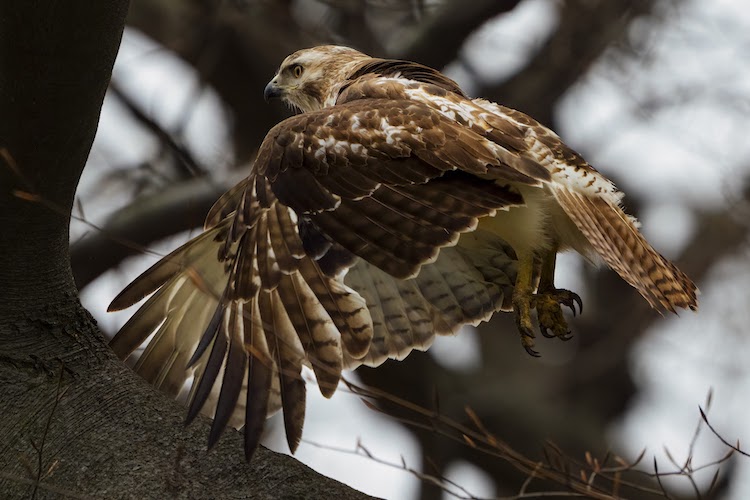
Hawk Party
Northwest winds trap hawks and other raptor species against the Lake Michigan shoreline in the fall, funneling hundreds and sometimes thousands of raptors (known as a kettle) through the area. Despite their abundance, seeing them in the city can be tough. Hawks are known to soar high up as they cross Milwaukee, which may be in part to avoid city skyscrapers. That being said, taking a short jaunt out of the city can make for an exciting bird-watching experience. Hawk watch parties, especially in nearby Ozaukee County, are abundant. So too is hawk banding. The Cedar Grove Ornithological Research Station just reported their 100th banding of the season and we haven’t even hit October. If you don’t see hawks during migration itself, you’re in luck. Many hawks take up residency in the area throughout the winter. Red-tailed hawks are spotted year-round in Milwaukee, and as winter approaches expect to see them out and about even more than usual.
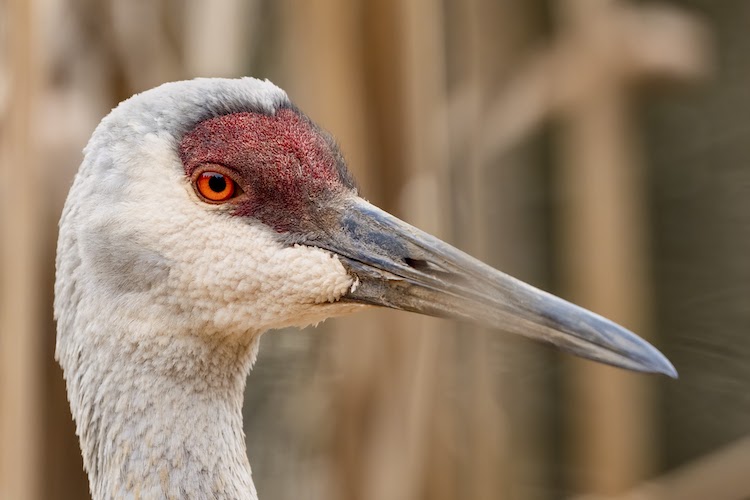
Raptors aren’t the only bird that can be seen in droves during fall migration. One of North America’s most cherished species migrations is the Sandhill crane. Their springtime stopover in Nebraska’s Platte River Basin has been talked about for decades, but Wisconsin can stake a claim to epic sights during spooky season. From late October through early December, Sandhill cranes congregate in the thousands throughout Wisconsin. Crane tours through the Aldo Leopold Foundation become a hot ticket item and for good reason. Their property on the Wisconsin River is home to as many as 10,000 Sandhill cranes. In my opinion, whether it’s in the fall or otherwise, every Wisconsinite should experience a day of birding for Sandhill cranes. Not only are they one of the most impressive bird species in Wisconsin, they represent a conservation success story. By the early 1900s Sandhill cranes were on the verge of extinction and have since rebounded to become the most abundant crane species in the world.
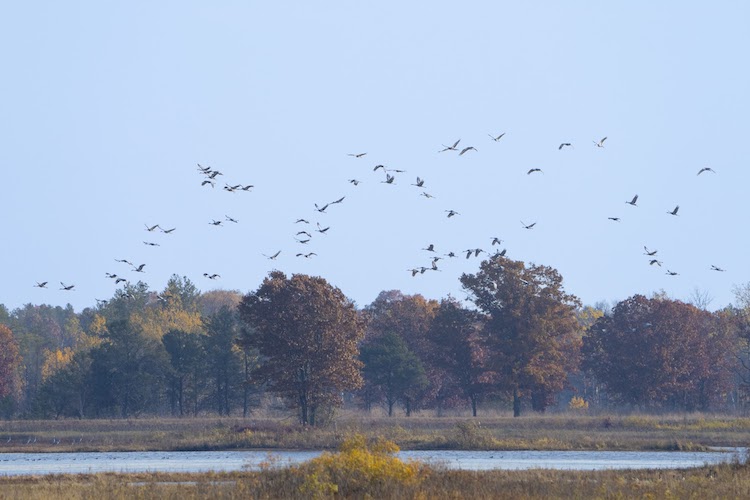
Preparing For Winter
While humans are trading their shorts for jackets and ACs for heaters, Wisconsin’s resident birds are up to all kinds of stuff during harvest season. While some American robins will migrate out of Wisconsin, many of them stay but their habits change. Robins exchange worms for berries and you’re much more likely to see them group up during the darker half of the year. Together, they can more easily see and avoid predators. Why don’t they care about that as much during the spring and summer months? Because like most other birds they’re too busy defending a territory for mating.
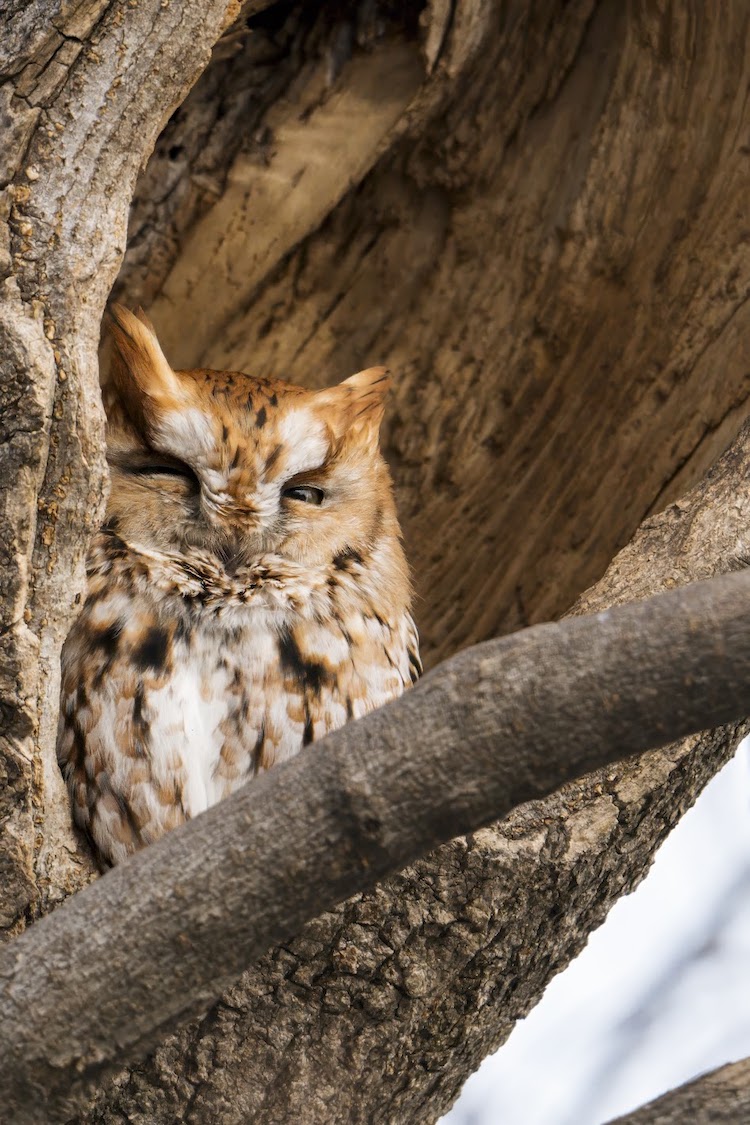
Speaking of which, unlike most other birds, owls mate in the winter. That means fall is a flurry of activity for Milwaukee’s owl populations. Take in an early evening walk at Seminary Woods, Schlitz Audubon, or the Urban Ecology Center, and you might just happen upon a fun owl sighting. Many times you won’t find the owl first, you’ll find their neighbors doing everything they can to drive the owls out of town. I’ve witnessed crows and jays dive bomb owls, but they’re pretty used to the harassment. It just goes with the territory of being the largest predator in the area. The most common Milwaukee owls are great horned owls and eastern screech owls. As winter approaches it’s possible but rare to spot barred, long-eared, and snowy owls, but I think we can all agree to just enjoy the fall while it’s still here.
